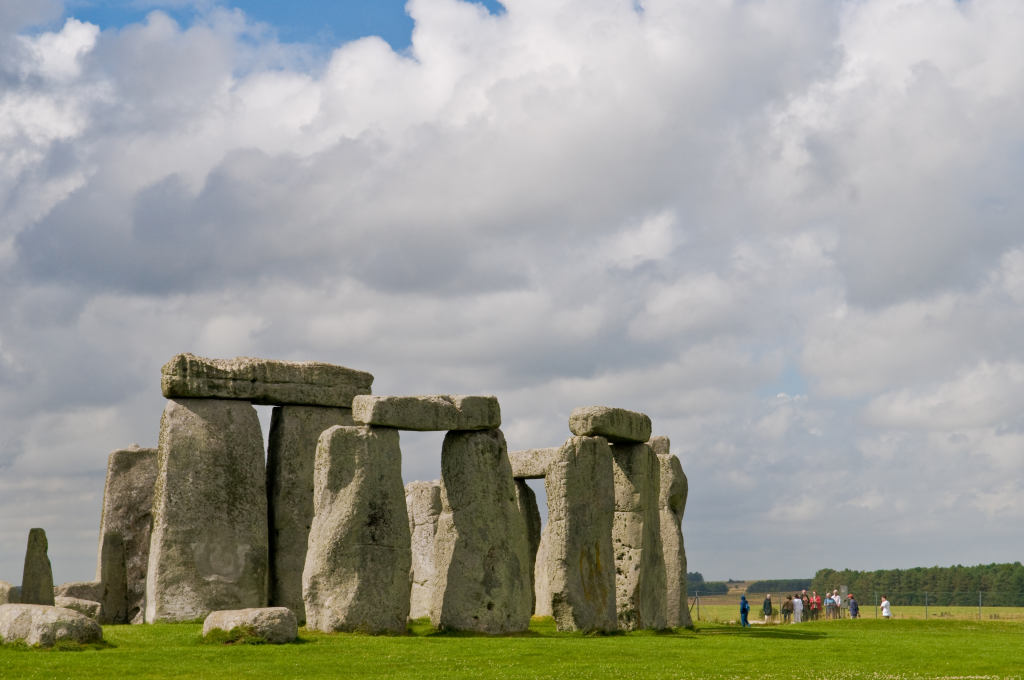
What if one of the planet’s greatest enigmas was not an enigma? Stonehenge has been the planet’s largest question mark for thousands of years its colossal stones fueling theories from space aliens to druids. But recent archaeological discoveries are now finally revealing a history that is more understated, more human, and massively more fascinating than myth alone.
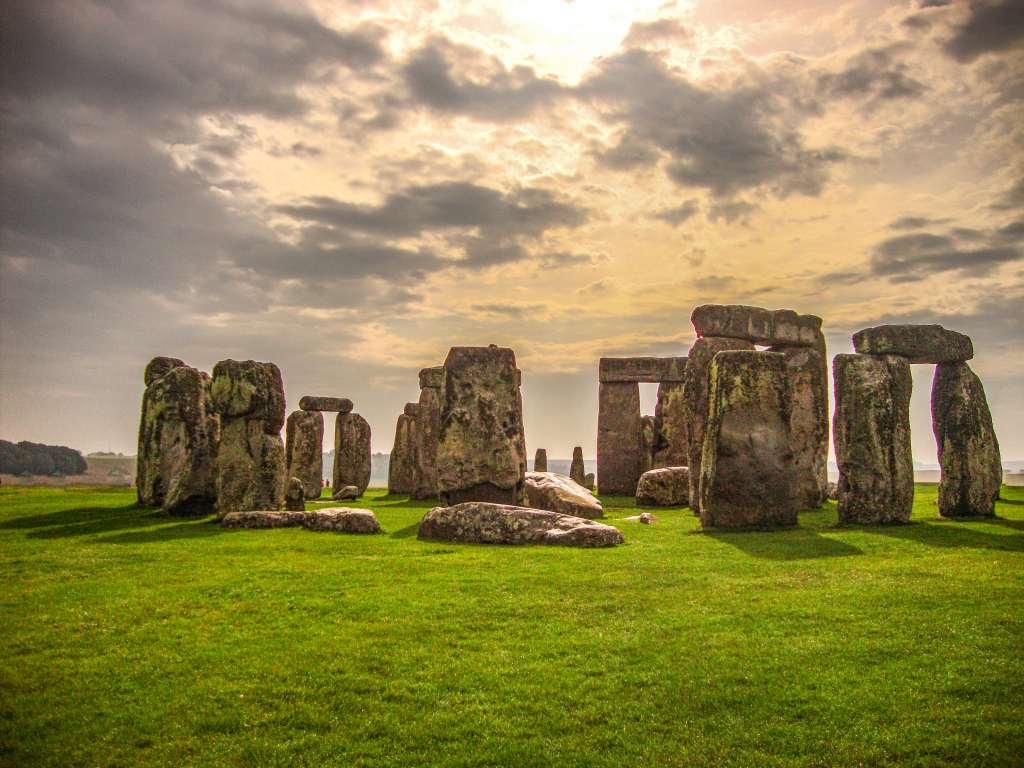
These fresh discoveries not only provide answers to long-standing questions but also raise entirely new ones. From a spiritual burial site to a complex solar calendar, and even a soundstage for ancient rituals, Stonehenge is becoming a many-layered monument that brought people together, kept time, and optimised the senses. Here is what recent discoveries teach us about why and how it was constructed, and by whom.
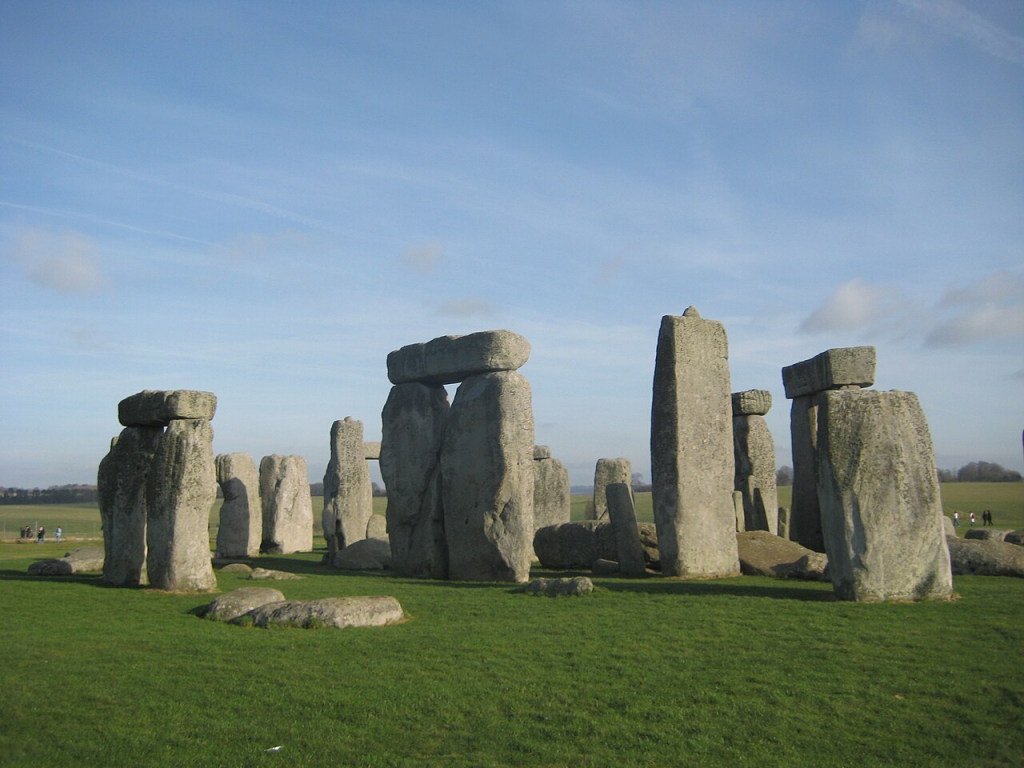
1. A Monument Born of a Burial Ground
It might have begun life as an enormous graveyard long before Stonehenge was the legendary stone circle we know and love today. Archaeologists investigated over 50,000 fragments of cremated human remains belonging to 63 people, and they determined that the earliest burials, c. 3000 BCE, dated before the monument itself. They were male and female, and even an infant, implying communal significance. Wealthy status items such as a mace head and incense bowl suggest that high-ranking leaders or figures of religious significance were among the deceased. As Parker Pearson explained to Channel 4’s Secrets of the Stonehenge Skeletons, “the whole history is inseparably linked to death and burial.” This intense relationship with the remembrance of the dead may have been the basis for all that came next.
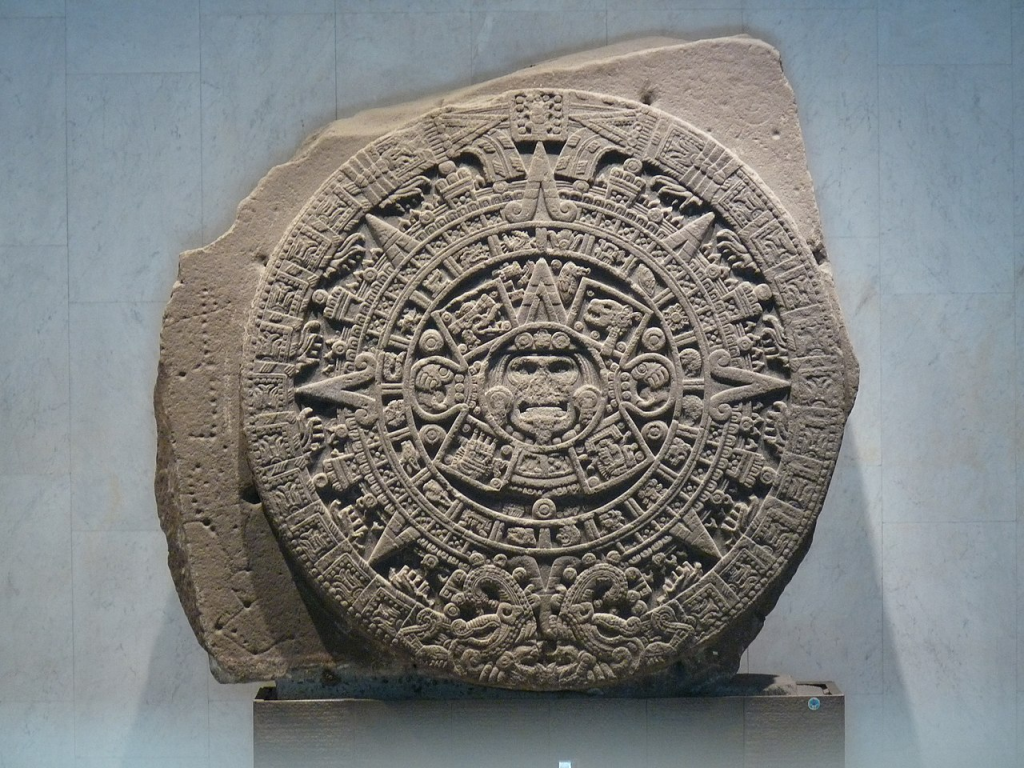
2. A Stone-Aged Solar Calendar
Monumental calendar is how Professor Timothy Darvill has recently reinterpreted Stonehenge. The 30 standing sarsens of the outer circle represent a 30-day month made up of three 10-day weeks, and the five inner Trilithons represent the additional days to round out a 365-day year. Even leap years were provided for, employing the four Station Stones to add day every four years. This creation would have enabled Neolithic farmers to coordinate planting, harvest, and celebration with cosmic cycles. As Darvill explained in Antiquity, the calendar “linked ceremonies and festivals into the very fabric of the universe.” That is, Stonehenge wasn’t merely a location for congregating; it was a means of existing in sync with the universe.
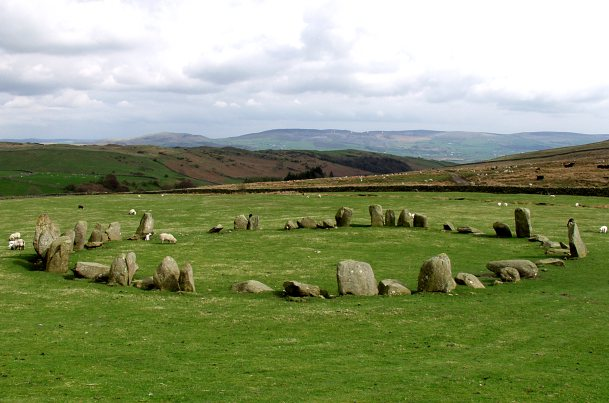
3. The Sound of the Stones
Researchers at the University of Salford made a 1:12 scale model of the “Minihenge” to test the ancient sound of the monument. The findings, published in the Journal of Archaeological Science, revealed that the original structure increased voice and music within the circle by more than four decibels, but retained sound within. “It’s rather wizardly that you could just guess what it would have been like to have been in this space,” lead researcher Trevor Cox said in an interview with New Scientist. What this implies is that rituals could have been multisensory, personal experiences for favoured participants, combining vision, sound, and ceremony in a manner that magnified their emotional effect.
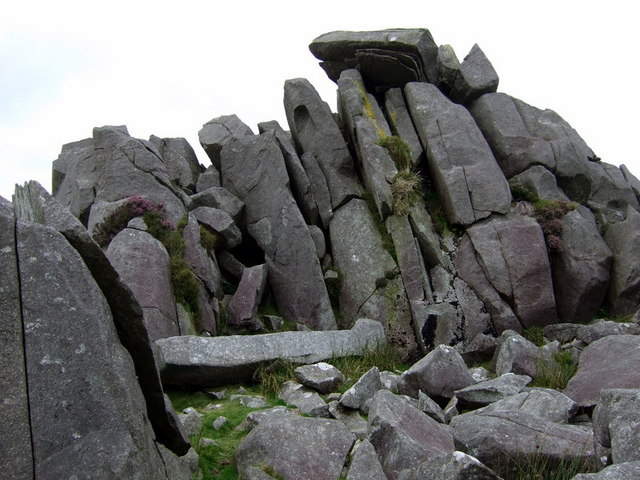
4. Stones with Medicinal Properties?
A few archaeologists are of the view that the bluestones from Wales were prized both for their colour and for being medicinal. The fact that there exist graves with people having injuries or deformities tells us that Stonehenge was a place of pilgrimage for people who were in search of cures. This assumption is supported by ancient practices that some of the stones were believed to possess curative or mystical powers. If so, Stonehenge was not just a ritual complex; it was also a sick centre for healing, in which belief, community, and compassion merged in an early vision of whole-person healing.
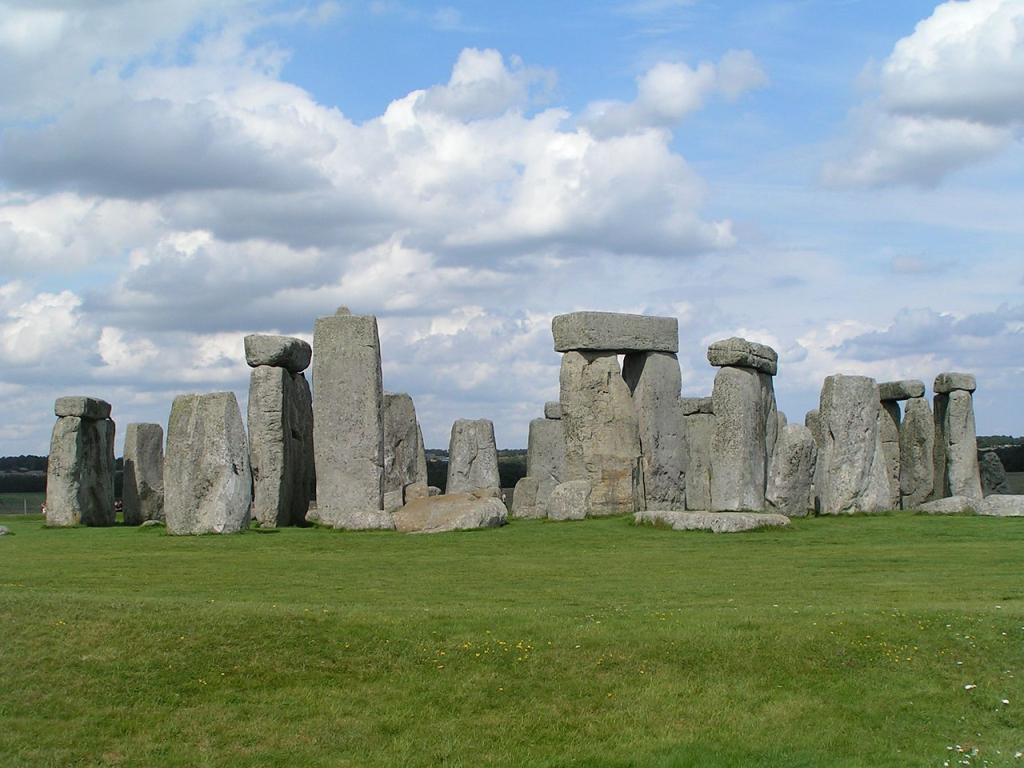
5. A Monument of Movement and Interconnection
Analysis of the cremated remains by strontium isotopes has revealed that at least 10 of 25 individuals interred at Stonehenge had lived before in western Britain, likely in west Wales, before their death. Others were cremated there beforehand, however, before their remains were carried away to Salisbury Plain. This, co-author John Pouncett of Oxford University explains, demonstrates that communities in west Wales “didn’t just supply the bluestones… but were also permitted to be buried there.” This is proof of long-distance cultural and spiritual connections hundreds of kilometres away, making Stonehenge the focal point of long-distance association in the Neolithic world.
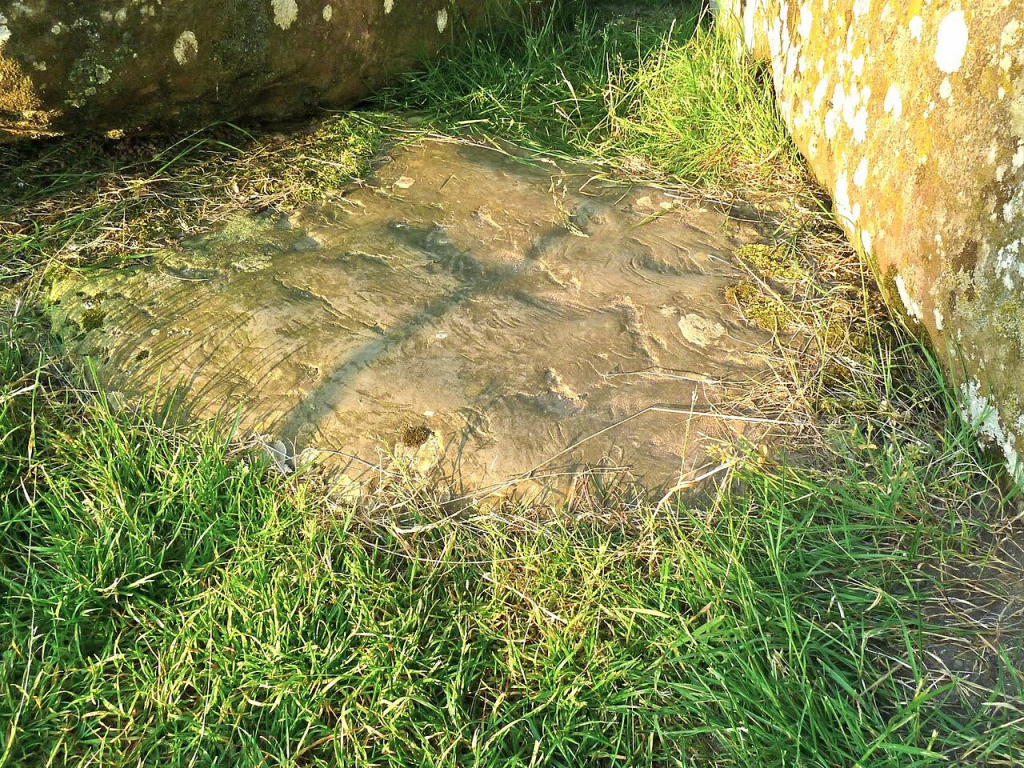
6. The Altar Stone’s Epic Odyssey
The Altar Stone, the focal point altarpiece, has puzzled researchers for millennia, but fresh geochemical analysis has verified it as being from the Orcadian Basin of northeastern Scotland more than 800 km away. It chalks it up as the most-travelled megalith at the site. The discovery, released in Nature, indicates unprecendented prehistoric mobility and anticipation, and also a symbolic urge to collect materials from across the entire nation of Britain. The pilgrimage to the Altar Stone encapsulates Stonehenge’s nature as a bringer of various people and landscapes together.
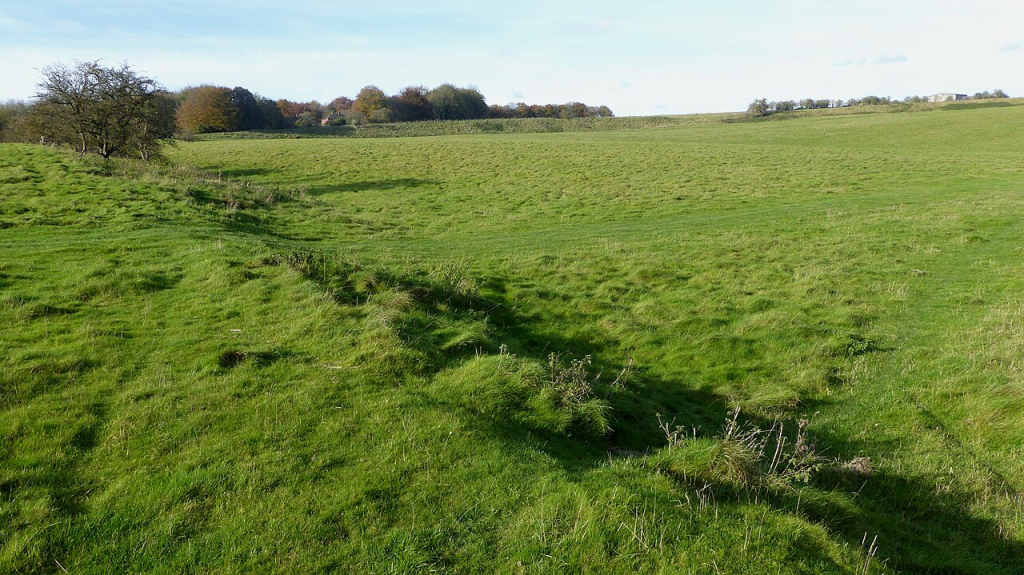
7. Being a Part of a Large Ritual Landscape
Stonehenge was only one component of an enormous ceremonial complex that extended from settlement to settlement, such as Durrington Walls, Woodhenge, and the Avenue to the River Avon. Archaeologists have revealed that the monuments were purposefully positioned to match natural landscapes and celestial events in order to build a “ritual landscape” spanning thousands of years.
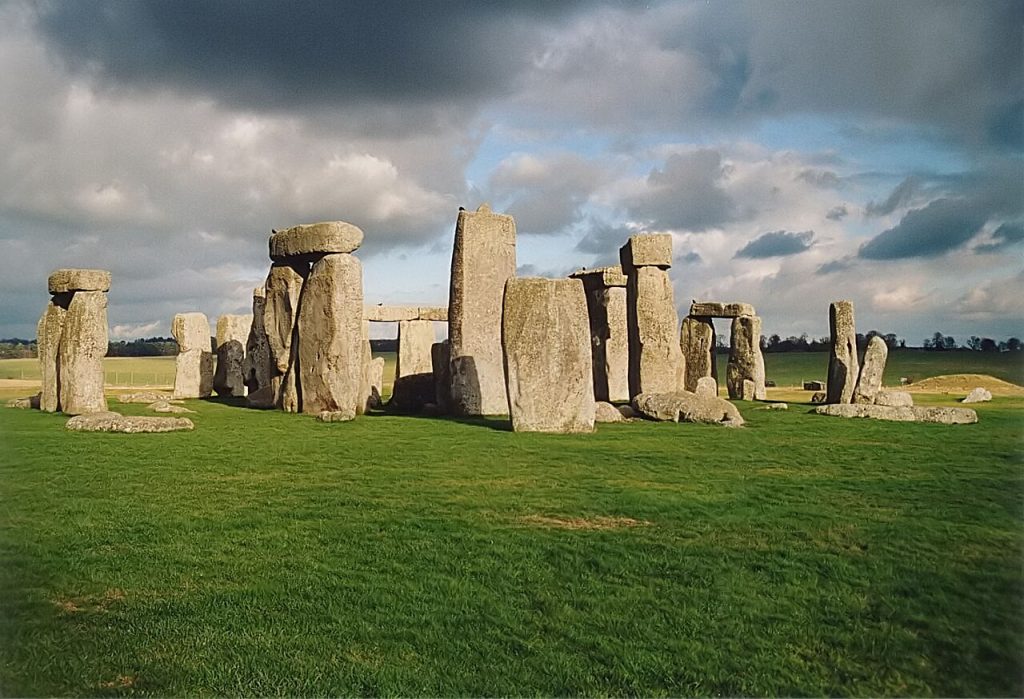
From Mesolithic temples to Bronze Age burial mounds, the site was a platform for public gather, ancestor worship, and mystic pilgrimages its significance shifting with each generation yet still preserving its sacred appeal. These finds don’t diminish Stonehenge’s enigma they enrich it. Revealing its roles as a graveyard, calendar, music room, healing temple, and crossroads of culture, archaeologists are showing that it was never one single thing. It was a living monument, forged from the desires, faith, and aspirations of hundreds of thousands of people. The most profound secret, perhaps, is this: The real purpose of Stonehenge was to evolve, endure, and keep amazing people something that it continues to do today.


